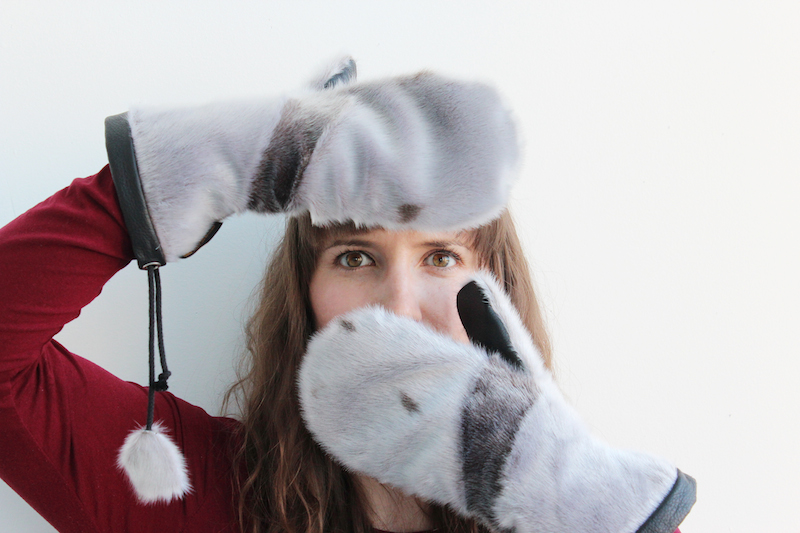
Krista Kenyon, a master's student, studies whales near Baffin Bay. // Photo by: Sean Moore
CANDID: Q&A with grad student Krista Kenyon
Roughly 3,800 students are enrolled in the University of Manitoba’s Faculty of Graduate Studies. They come from around the world to study here and UM Today is getting to know some of them on a more personal level. We want to know who they are and why they chose the field they did, and about their hobbies, regrets and musical tastes – anything, really, that comes up in conversation.
CANDID is regular feature that brings these remarkable individuals to the fore.
Master’s student: Krista Kenyon
Studying in: Clayton H. Riddell Faculty of Environment, Earth, and Resources
Advisor: David Barber, Canada Research Chair in Arctic System Science
UM Today: Where you from?
Krista Kenyon: I’m from Manitoba, born in Winnipeg, raised in Sanford, which is just twenty-ish kilometers outside of the city.
Where did you do your undergrad?
At the University of Minnesota at the Crookston campus, which is a really small campus by Grand Forks.
What were studying there?
I majored in natural resources, wildlife management.
You’re now with the sea ice team, so how did you make that jump?
It is a big jump. Well, there’s a lot of animals that live in the Arctic and rely on sea ice. And many Inuit communities rely on those animals, especially whales and seals, for food. So I’m researching the Arctic whales near Baffin Bay and their relation to the sea ice. And we’re planning to look at how the sea ice is expected to change into the future, and how it might affect life processes and behaviour, like migration.
How did you get interested in this ecosystem? Why did you apply here to this group?
If you look at what’s going to happen in the next 30 to 40 years, which is going to be my career life, it’s definitely climate change and the Arctic warming. I think a major area in my field is going to be the pressure for development up north and you don’t get the chance, really, to research up in the North very often because it’s expensive and challenging to even access most areas. If you want to do Northern research, you need to go to a specialized group. So I talked to David Barber and sent my résumé in and applied and he and Steve Ferguson from the Department of Fisheries and Oceans were interested in me doing a project on whales.
What is it you like most about the arctic and this ecosystem?
I was in Greenland for two months this summer and it was so beautiful and the people were awesome. It’s hard to explain without being there. Every ecosystem is unique and there is always something special about each ecosystem. Some people say, ‘Oh the prairies are so flat.’ But if you find actual prairie patches and go when the wildflowers are blooming it’s beautiful. When I was in Greenland it was all mountains and you had Open Ocean…. Many people asked me how I survived with no trees, but I didn’t even notice their absence really. The water was completely clean so when I was walking around the fjords, I could drink straight from the river. The sky is twice as blue. I think it’s because the angle that the light enters the atmosphere changes the further north you go. I don’t know, I feel like I can’t really describe how unique and amazing it is.
Sounds like you didn’t have much of a career debate, but where you debating what schools to attend?
Yeah, it’s a definitely a big commitment to go to a master’s program in general, never mind switching from terrestrial work to marine. So I definitely talked to some people about, you know, if I went and did this marine work would I be limited to the marine world for the rest of my career? I didn’t think I would be, because all animals need the same things like food, water, and shelter. They’re just in a different medium. And the people I talked to agreed with me. And the arctic research group here is a world class group. It’s really neat being surrounded by people who are researching different aspects of the same ecosystem.
And it’s really learning how to conduct a research experiment, or project. I can go out and collect the data. I’ve done that for multiple summers. But how do you go and look at the data? What does it tell you? How do you design the experiment to get the data that you want?
Who is your supervisor?
My supervisor is Dr. David Barber and then Dr. Steve Ferguson from the Department of Fisheries and Oceans.
Have they, or any other prof, given you any good advice?
The big advice career-wise came more from my undergraduate degree, mostly because I’ve just started my master’s, but the advice was to volunteer and get more experience. When you’re in this field experience is really important. It’s a hands-on oriented field. You can take courses, that’s all good, but can you actually work in the bush when you’re not by any city. How do you cross this unexpected creek? How do you deal with the bugs and the heat? Can you collect the data properly?
So why biology? Why not chemistry or physics or geology?
I’ve always loved animals and always loved being outside. In Grade 12 everyone was like, ‘What are you going to do with your life?’ And I just knew I wanted to be outside and not just stuck at a desk. And I always loved wildlife so I thought if I could somehow make that work, that would be awesome.
When you were a kid did you want to be something else?
I wanted to be a vet for a long time. But then the thought of cutting open live animals and being responsible for them if they lived or died, was not what I wanted to deal with. I mean, in a similar way [in the field] you may have to tranquilize or immobilize a wild animal to put radio collars or bands on. You do have complete responsibility for that animal’s welfare. But you’re not usually cutting animals open when they’re alive.
So what kind of animals are you studying in the North? You mentioned whales. What kind?
Right now we’re thinking of focusing on narwhals and bowhead.
Do you wake up in the morning and go, ‘I’m a doing some cool stuff’?
Oh yeah definitely. That’s one of the things I love with my job: When I’m out in the field, I’m not at work. It’s just so much fun and I have gotten to do so many cool, different things.
What’s the coolest thing you’ve gotten to do?
That’s a tough one. I guess this summer the field team I was with in Greenland took a biopsy sample from a humpback whale. I know this will sound bad, but the animal doesn’t really get hurt. We were researching humpback whales and you can’t catch them. Like, beluga or narwhal are smaller so you can catch those. And Inuit communities usually collect biopsy samples of those during their subsistence hunts. But with larger whales that aren’t usually hunted like humpback, you often use crossbows with special arrows to get biopsy samples. To take biopsy samples there is a cylindrical tube at the tip of the arrow that’s about two inches long. You get close to the whale and shoot that at the whale’s skin and the arrow tip goes into the skin and almost immediately comes out, collecting a small tissue sample – mostly of blubber . The arrow floats so that you can easily collect it. They’re massive animals so this doesn’t really hurt them…. I think a good comparison would be if someone pinched you or when you have to take a tick off that attached onto you. You feel it, but it’s over after a few seconds.
Do you have any hobbies?
Yeah. There’s the obvious ones, I mean I like being outside and hiking. I’m starting to get into hunting. But that one, because my family doesn’t hunt, I have to join mentors because I don’t feel comfortable going out myself. I kind of want to follow and learn from somebody.
What kind of hunting are you getting into?
Just duck hunting for now. And I have joined some friends being extra eyes for bow hunting for deer.
Are your parents scientists?
My dad is an engineer and mom was a teacher then went into sales but she’s retired now.
How have you been finding grad school?
It’s been very busy and very intense. That’s what I have been finding. I mean, it’s to be expected…. It’s not 24 hours, but it’s all of your waking hours.
What are you finding to be the biggest challenge of being a grad student?
Trying to find time to do all of my classwork and then work on my actual grad project at the same time. I haven’t been very good at that. The courses are so demanding. I think it’s recommended that you only take two classes and I didn’t know that and I took three, which doesn’t make life easier
What’s your biggest regret?
You know, I actually know that answer. It’s not anything with my job, it’s just that when the Vancouver Olympics were going on my brother lived in Vancouver and I didn’t go. I had a free place to stay. I didn’t have to go to any events, because I couldn’t afford that, but for a plane ticket I could have been in that crazy awesome atmosphere. I look at that and I say, ‘I was young and stupid.’ I didn’t think about that properly.
Research at the University of Manitoba is partially supported by funding from the Government of Canada Research Support Fund.







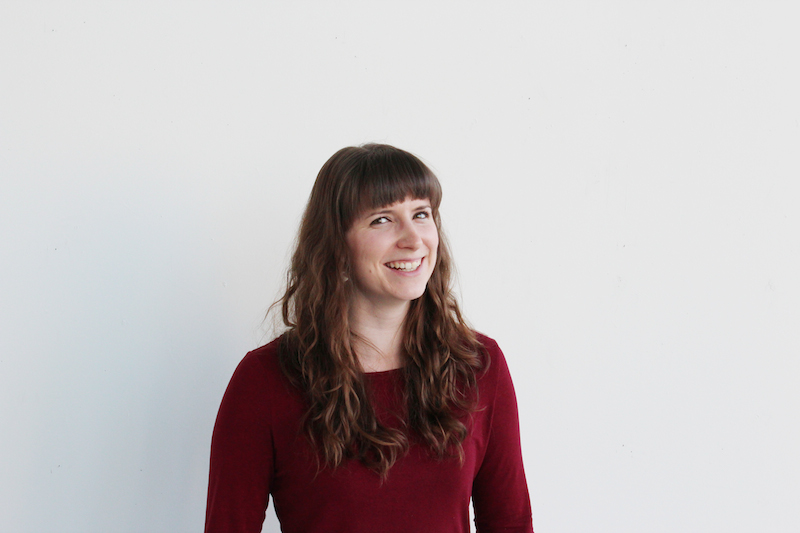
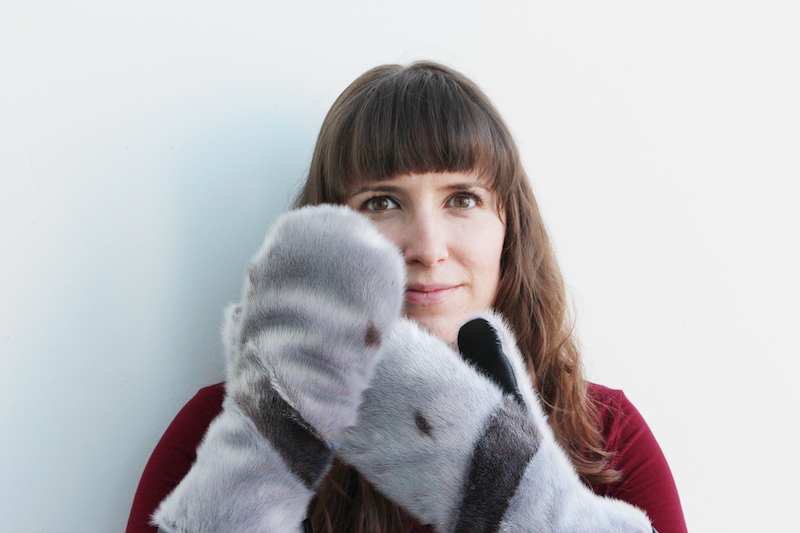
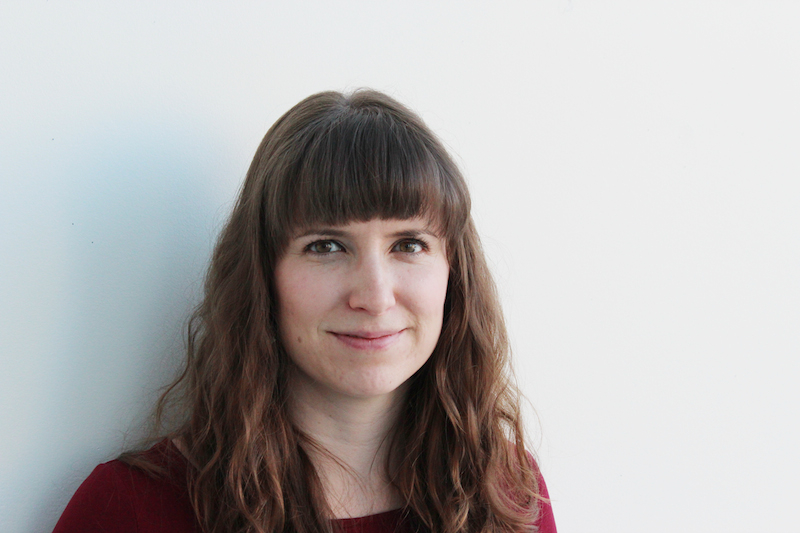
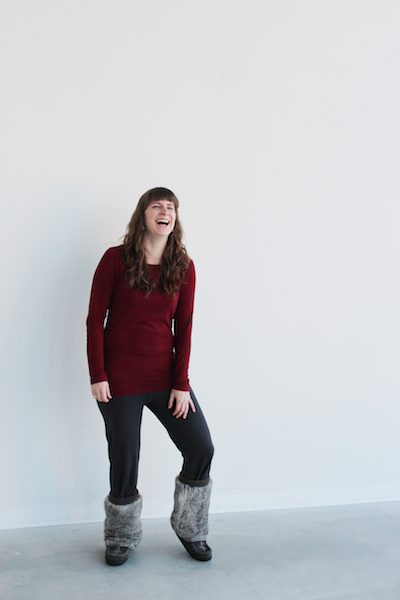
In the office of the Dept.Geological Sci.in Wallace Bldg.= history wall. I hope that you have seen photo of 2nd uncle Don Stott there. He had a great career in geology, incl. mapping in NWT.
You say you love animals, you didn’t want to be a vet as you didn’t want the responsibility of an animal living or dying, you are concerned that whales are not hurt during sample collection, and yet at the end of the Q&A, you are shooting ducks and killing deer with a bow & arrow. I’m confused. Help me to better understand.